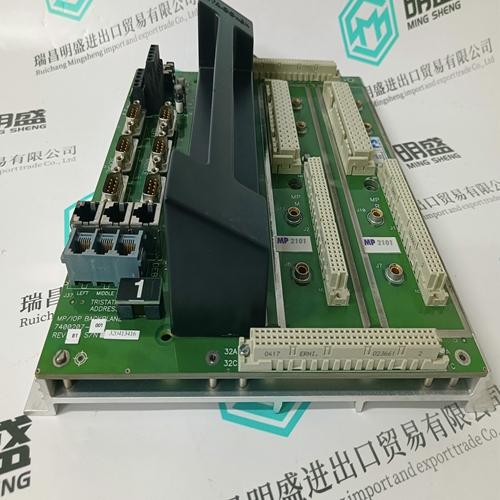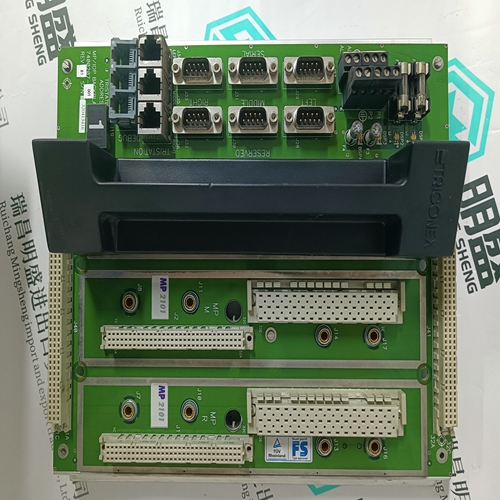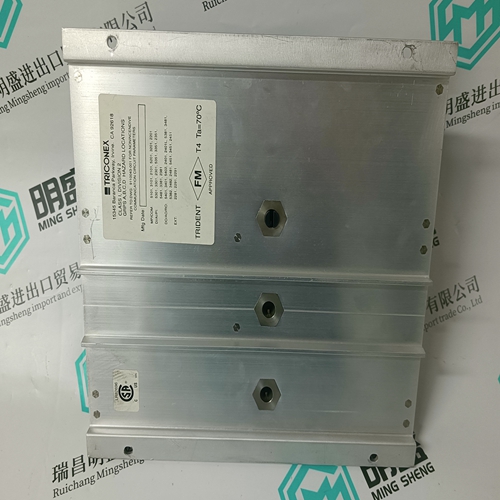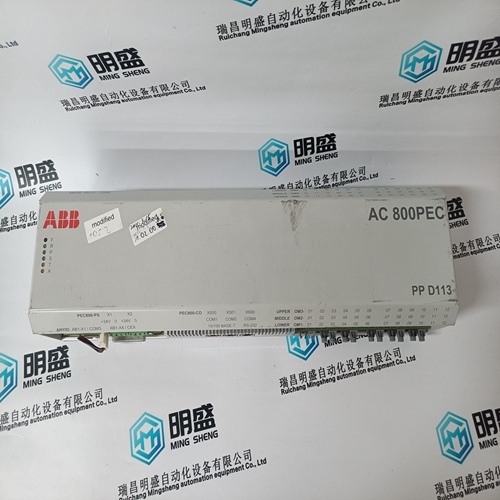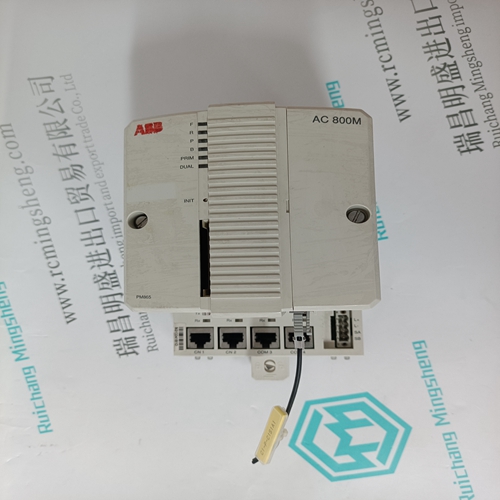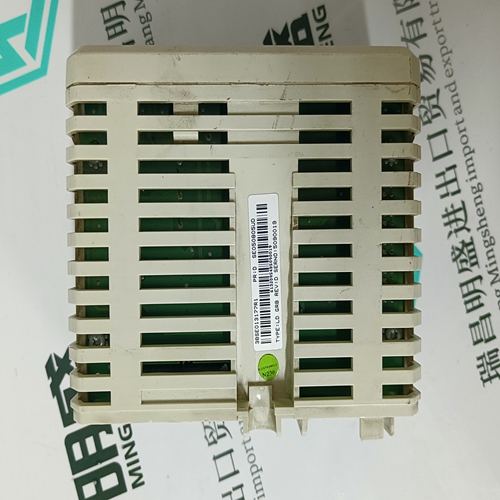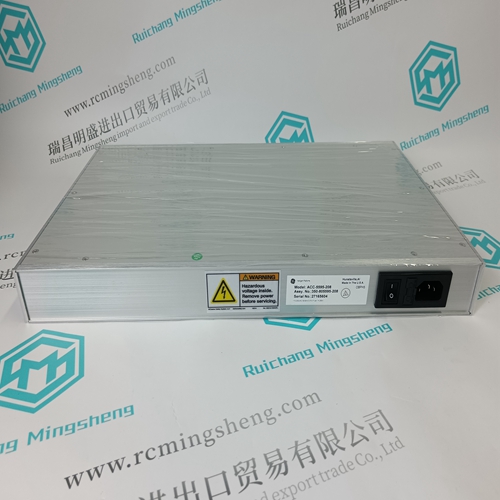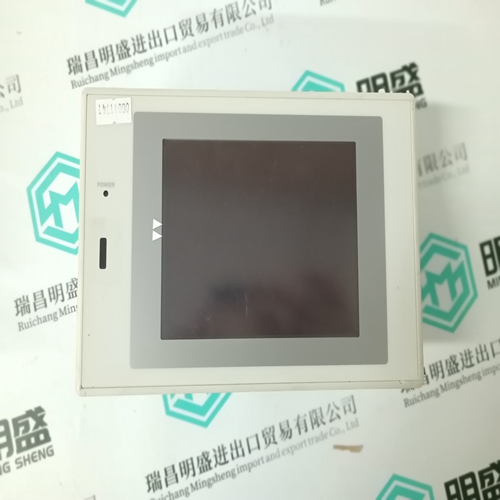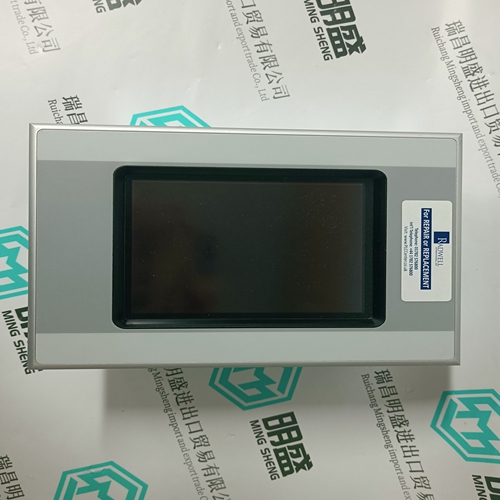Home > Product > DCS control system > TRICONEX 2101 base module
TRICONEX 2101 base module
- Product ID: 2101
- Brand: TRICONEX
- Place of origin: The United States
- Goods status: new/used
- Delivery date: stock
- The quality assurance period: 365 days
- Phone/WhatsApp/WeChat:+86 15270269218
- Email:stodcdcs@gmail.com
- Tags:TRICONEX 2101base module
- Get the latest price:Click to consult
The main products
Spare parts spare parts, the DCS control system of PLC system and the robot system spare parts,
Brand advantage: Allen Bradley, BentlyNevada, ABB, Emerson Ovation, Honeywell DCS, Rockwell ICS Triplex, FOXBORO, Schneider PLC, GE Fanuc, Motorola, HIMA, TRICONEX, Prosoft etc. Various kinds of imported industrial parts
TRICONEX 2101 base module
The principles of sending data are: The DSP’s DATs are updated, for example from PC program. The DSP data base is scanned and the data of the referenced DATs is written to the CDP. The data is then sent on the bus. Receiving data is performed the other way around. IDENT and STATION forms the signal identity which is the identifier of the DataSet Peripheral on the Advant Fieldbus 100. The signal identity must be equal on the sending and receiving DSPs. A signal identity must be unique for one DSP on one bus within one Advant Controller. On a bus a signal identity can be used by one sending only, and by several receiving DSPs. This gives the possibility to send data from one node and listen to it at several nodes, that is DataSet Peripherals are broadcasted on the bus. The VALID flag is initially cleared and is set when data is sent or received. For receiving DSPs the VALID terminal specifies whether the current data of the DSP is valid or not. The VALID flag is cleared when no data has been received within the last four cycles (CYCLETIM) or when update data from the communication interface has failed. For sending DSPs the VALID terminal is set when the data has been written to the communication interface. VALID is cleared in case update to the communication interface has failed. The ERR terminal specifies whether the DSP is in error state or not, typically caused by communication error between the DSP task and the communication interface or error in configuration of the CDP on the communication interface. As the DAT elements merely represent the interpretation of the data in the DSP and not the communication aspects, they will not be discussed further in this manual. An other function for transmission of data, DataSet (DS), exists. DS can only be used for communication between Advant Controller 110 stations. DS is quite similar DSP.
Defining DataSet Peripherals
The terminal CYCLETIM controls the transmission interval of a DSP (that is how often the CDP is transmitted on the Advant Fieldbus 100). The CYCLETIM range, in Advant Controller 400 Series, is 32, 64, 128, 256, 512, 1024, 2048 and 4096 ms. When Fast-DSP PC-elements are used, the CYCLETIM range is 1, 2, 4, 8, 16, 32, 64, 128, 256, 512, 1024, 2048 and 4096 ms. 1ms is only available when using 2000m bus length. For further info, please see the PC-element manual. In the Advant Controller 400 Series the actual cycle time used is determined by the CYCLETIM value and the DSP task basic cycle time. CYCLETIM shall be bigger than or equal to the basic cycle time. The DSP task basic cycle time is the basic scan time of the task, the default value is 512 ms. The basic cycle time can be changed with the APP command as the very first thing at the configuration of the system.
The terminal CYCLETIM controls the transmission interval of a DSP (that is how often the process data value is transmitted on the Advant Fieldbus 100). The CYCLETIM range, in Advant Controller 70/110, is 1, 2, 4, 8, 16, 32, 64, 128, 256, 512, 1024, 2048 and 4096 ms. Values to/from DSP are read/written by the PC-program. The cycle time of PC-program and the transmission interval DSP is not synchronous. For receiving DSPs the CYCLETIM value is used for the receive data time out supervision and it is strongly recommended to use the same cycle time for sending and receiving DSPs.
